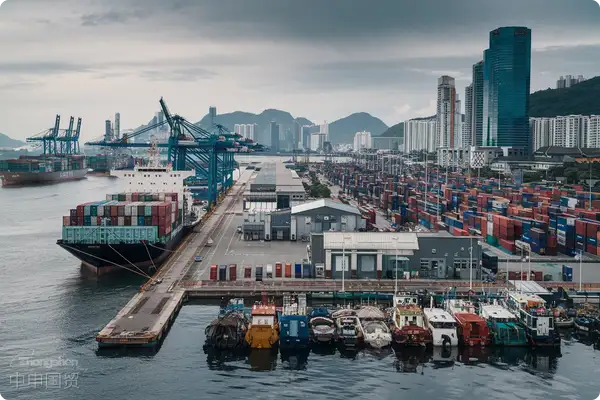- Shanghai Zhongshen International Trade Co., Ltd. - Two decades of trade agency expertise.
- Service Hotline: 139 1787 2118

Contents
ToggleObservation on the Current Status of the Imported Equipment Agency Industry
Against the backdrop of global supply chain restructuring in 2025, imports of high-end equipment such as precision instruments and medical devices increased by 18.7% year-on-year. However, companies are facing three major practical challenges:Increase in technical barriers to trade,Disputes over HS Code Classification Occur Frequently,The localization inspection rate has been increased to 32%.The value of professional agency companies is shifting from mere customs clearance services to comprehensive risk management across the entire chain.
Five Core Indicators for Selecting an Agency
- Special Qualification for Import of Electromechanical Products
- 3CCertification Agent Filing Validity
- Medical EquipmentApplication Channel for Registration Certificate
- Tariff optimization capability
- The utilization rate of the free trade agreement has reached over 85%.
- Temporary Re-entry Plan Maturity
- Technical Document Processing System
- EU CE Certification Conversion Capability
- FDA Inspection Document Pre-Review Mechanism
Risk Control Points in the Entire Process of Imported Equipment
A case study of a semiconductor company importing lithography machines in 2024 demonstrates that professional agency services can reduce total costs by 27%:
- Technical confirmation stage: Verification of equipment voltage parameter compatibility with domestic power grid
- Contract terms:DDP terms under the destination port miscellaneous charges bottom line agreement
- Transportation plan: Specialized Shock-Absorbing Container for Precision Equipment Usage
Common Decision-Making Pitfalls for Enterprises in 2025
The survey reveals that 68% of companies exhibit cognitive biases:
- Low - price trap: The customs declaration fee is as low as 800 yuan per bill, possibly lacking pre-classification services.
- Qualification blind spots: Class II medical devices must obtain an import operation filing certificate.
- Logistics misjudgment: Precision InstrumentsMaritime TransportationAdditional insurance for vibration risk is required.
Development Trends of New Service Models
- Deepening of regional supply chains: Import tariffs on Japanese machine tools under RCEP will be reduced to zero.
- Intelligent Customs Clearance System: HS code intelligent matching accuracy increased to 94%
- ESG compliance extension: OldEquipment ImportsCarbon footprint certification is required.
A practical case of medical device import: Through pre-classification, the CT equipment was determined to fall under HS code 9018.1210. Utilizing the China-Korea Free Trade Agreement resulted in a 12% tariff reduction. The use of temperature and humidity-controlled containers reduced cargo damage rate to 0.3%, achieving overall cost savings exceeding 460,000 RMB.
Related Recommendations
? 2025. All Rights Reserved. Shanghai ICP No. 2023007705-2  PSB Record: Shanghai No.31011502009912
PSB Record: Shanghai No.31011502009912










